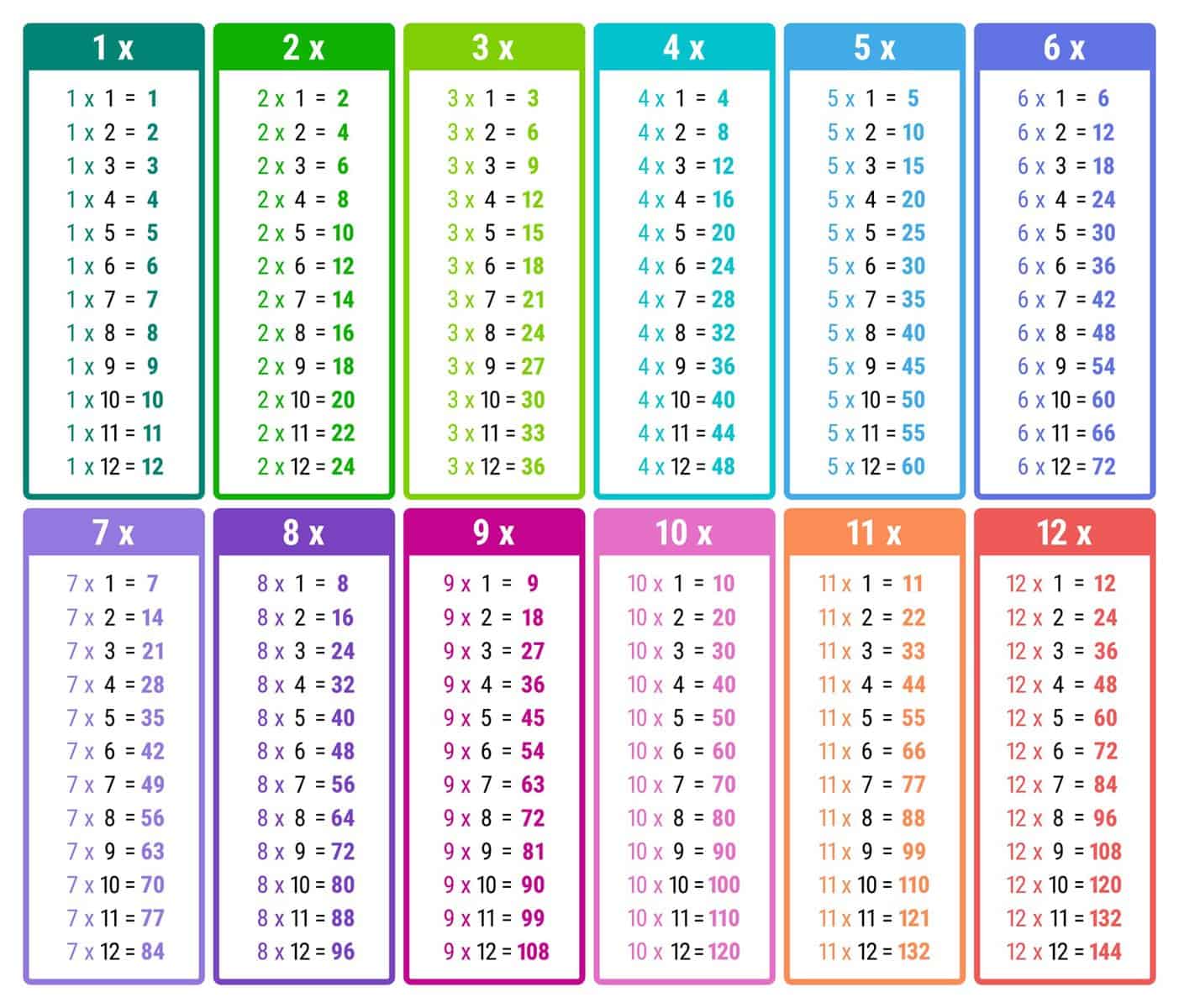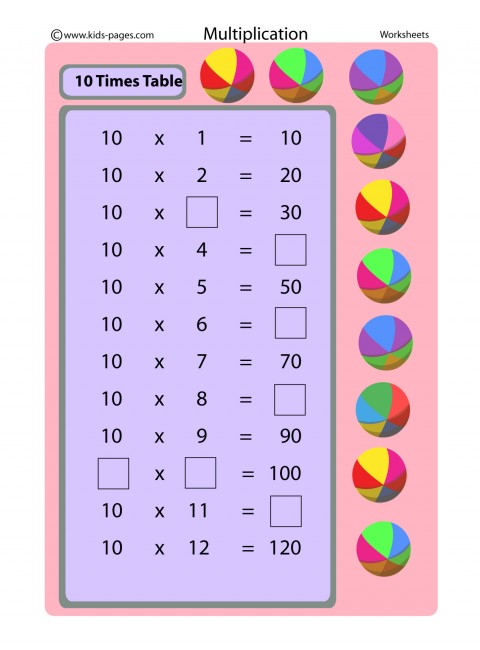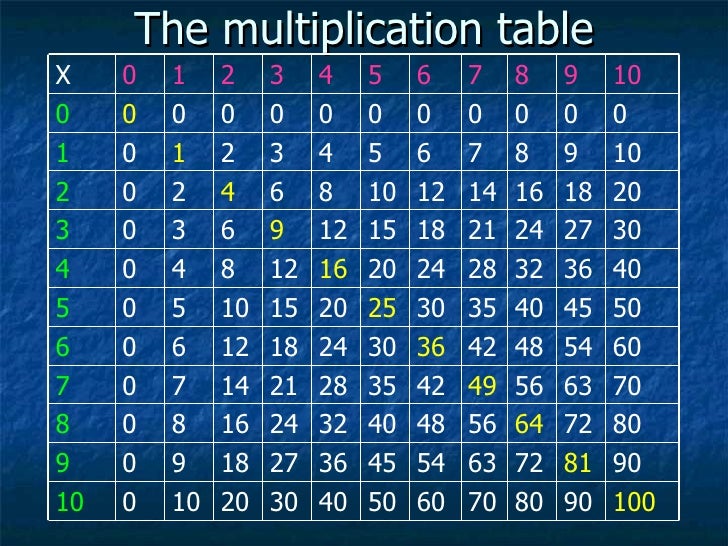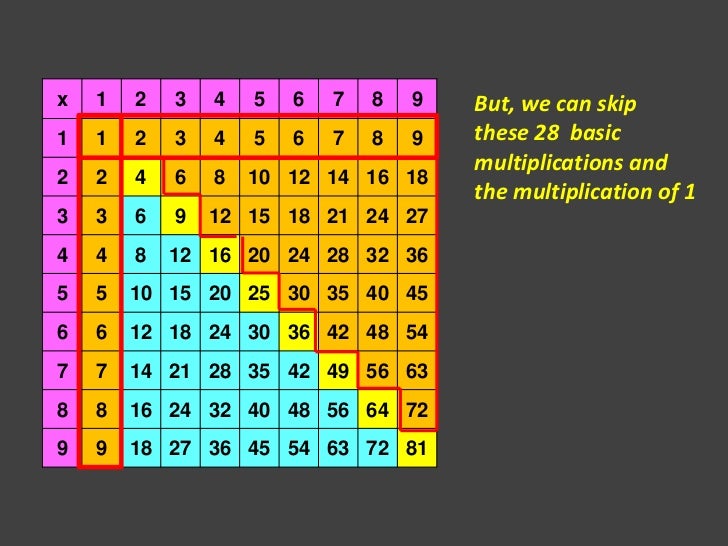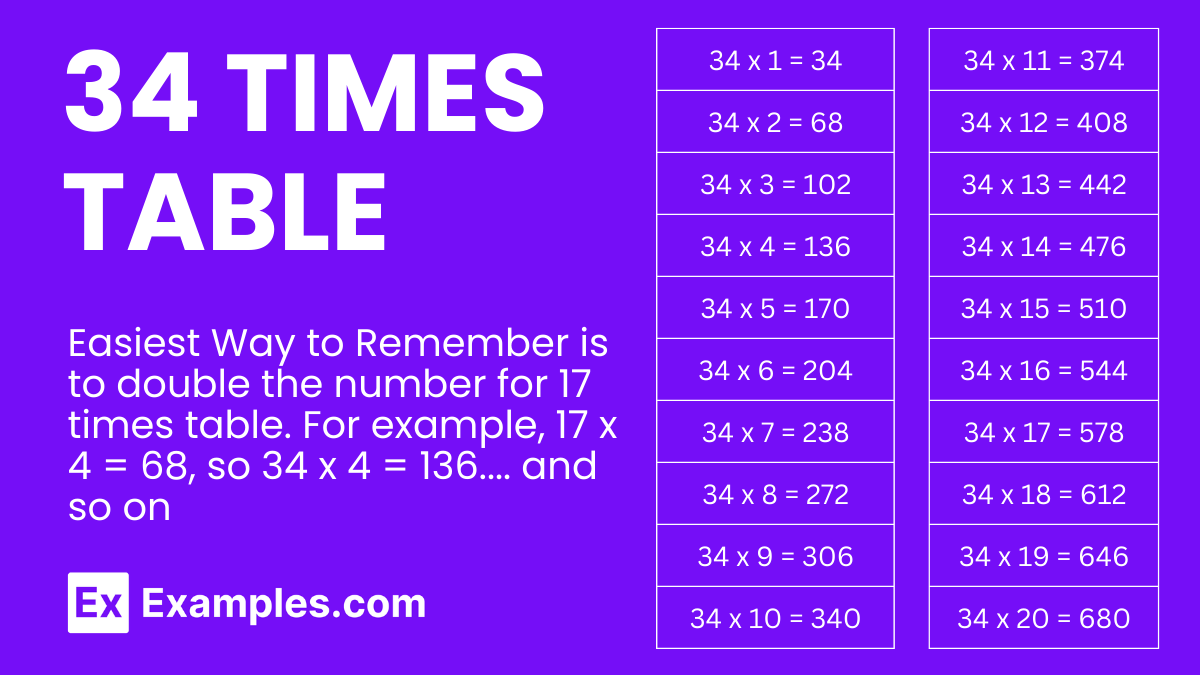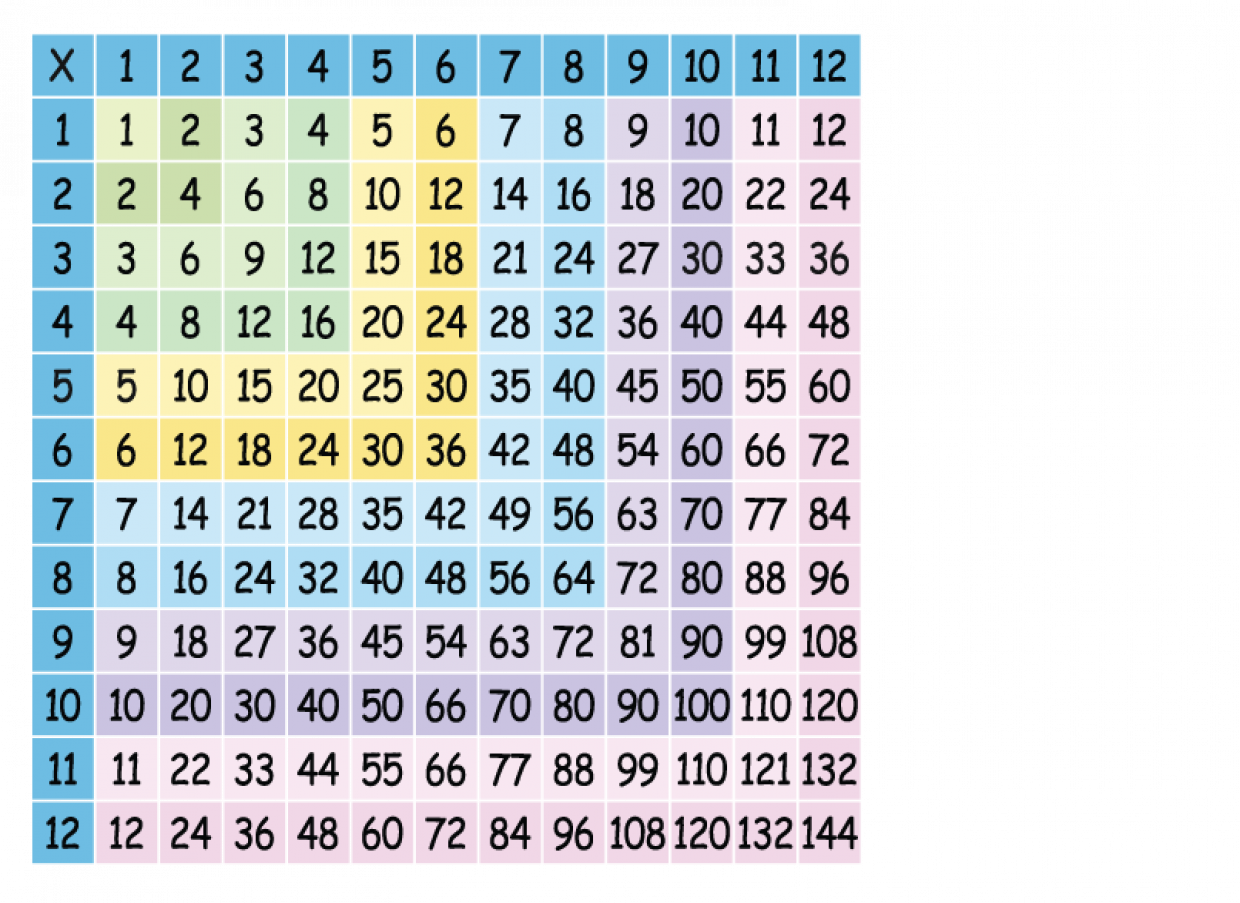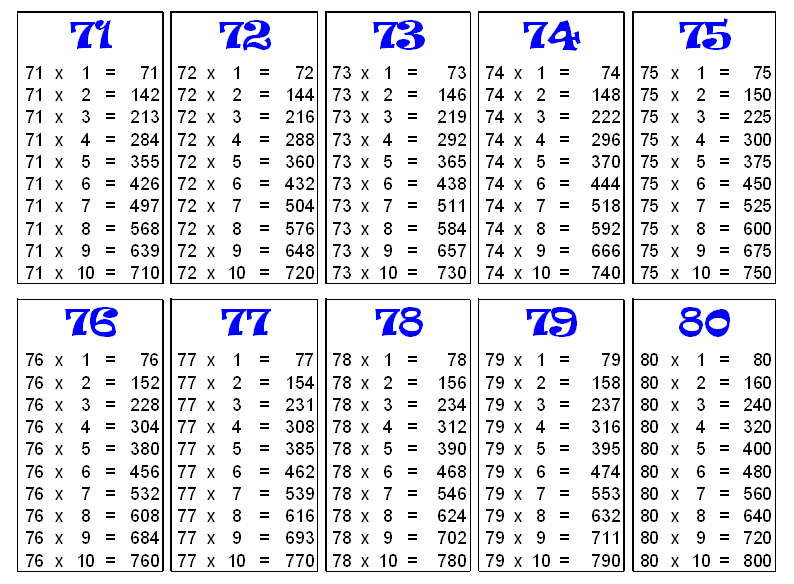What Times What Equals To -10

A seemingly simple mathematical question, "What times what equals -10?", has unexpectedly sparked widespread debate and discussion across online platforms and academic circles. The question, appearing elementary on the surface, has revealed complexities and nuances in mathematical understanding, leading to a renewed focus on foundational concepts.
The seemingly straightforward nature of the question belies its potential to expose gaps in fundamental mathematical comprehension. This exercise has unveiled varying approaches to problem-solving and highlighted the importance of understanding both integers and the properties of multiplication. The unexpected reaction to the question suggests a broader need for reinforcing basic mathematical principles.
The Genesis of the Debate
The query gained traction initially on social media, specifically X (formerly Twitter) and Reddit, where users shared their answers and reasoning. Soon after, the discussion spilled over into online forums dedicated to mathematics education and general knowledge. The question, initially posed as a simple math problem, rapidly transformed into a focal point for broader discussions on mathematical literacy.
The initial responses were varied. While many correctly identified answers such as 5 x -2 and -5 x 2, some users struggled with the concept of negative numbers. Others offered more complex solutions involving decimals and fractions, demonstrating a range of mathematical understanding.
Understanding the Solutions
The core concept at play is the multiplication of integers. A positive number multiplied by a negative number results in a negative number. Therefore, any pair of numbers where one is positive and the other is negative, and their product is 10, will satisfy the equation.
Examples of correct answers include: 5 x -2 = -10, -5 x 2 = -10, 10 x -1 = -10, -10 x 1 = -10. The solutions highlighted the communicative property of multiplication, meaning that the order of the factors does not affect the product.
Deeper Dive: The Nuances Revealed
The discussions surrounding the question extended beyond simple arithmetic. Some users questioned whether fractional or decimal answers were acceptable, such as 2.5 x -4 = -10. The debate highlighted the importance of clearly defining the parameters of a mathematical problem.
The debate illuminated the potential pitfalls of rote memorization in mathematics. Many participants could correctly identify the answer but struggled to articulate the underlying principles. This raised concerns about the emphasis on procedure over conceptual understanding in mathematics education.
The Educational Impact
Educators have taken note of the discussions, recognizing the opportunity to address potential misconceptions. Several teachers have incorporated the question into their lessons as a diagnostic tool. This allows them to assess students' understanding of integers, multiplication, and problem-solving skills.
“It’s a fantastic example to showcase how a simple question can reveal so much about a student’s mathematical foundation,” said Dr. Emily Carter, a mathematics professor at the University of California, Berkeley, in an interview. "The nuances surrounding the solutions encourage critical thinking and a deeper engagement with core principles."
Online resources, including educational websites and YouTube channels, have created videos explaining the concept. These resources aim to clarify the underlying principles and provide additional examples for students and parents alike. The incident also prompted calls for increased investment in early mathematics education.
Social and Cultural Significance
The widespread engagement with the question underscores a broader societal interest in mathematics. The ability of the seemingly trivial question to capture public attention demonstrates the potential for mathematics to be both engaging and accessible. This interaction also highlighted the power of social media to foster learning and discussion.
The seemingly simple question reveals the public's willingness to engage in mathematical problem-solving. The widespread debate surrounding the question serves as a potent reminder of the importance of strong foundational skills in mathematics. It also serves as a call to action to foster a more positive and engaging relationship with math.
Conclusion
The incident surrounding "What times what equals -10?" serves as a valuable case study in mathematical understanding. It's a testament to how seemingly simple questions can unveil deeper complexities and stimulate important discussions. The focus on mathematical literacy and the reinforcement of fundamental concepts are crucial for the future of education.
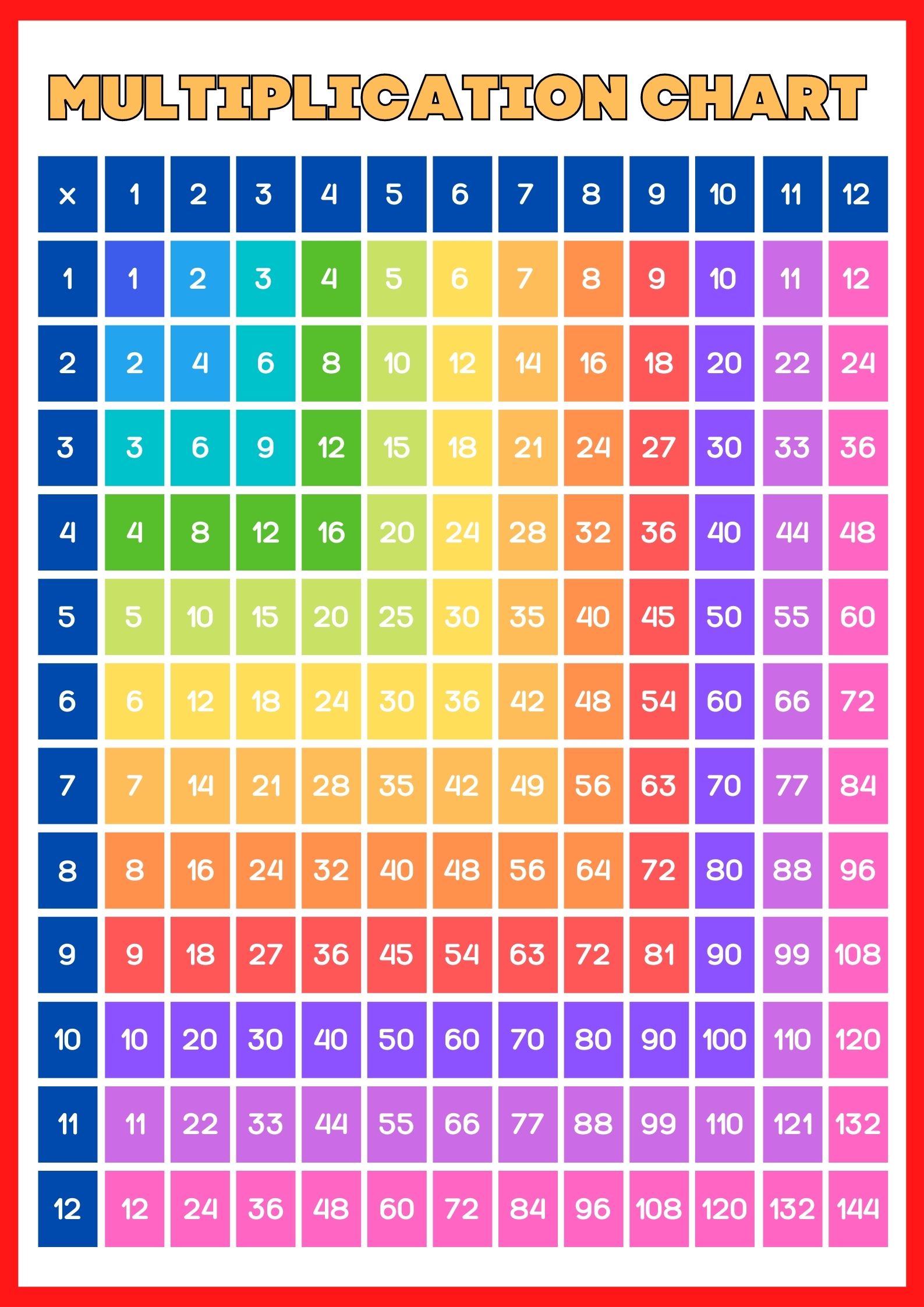
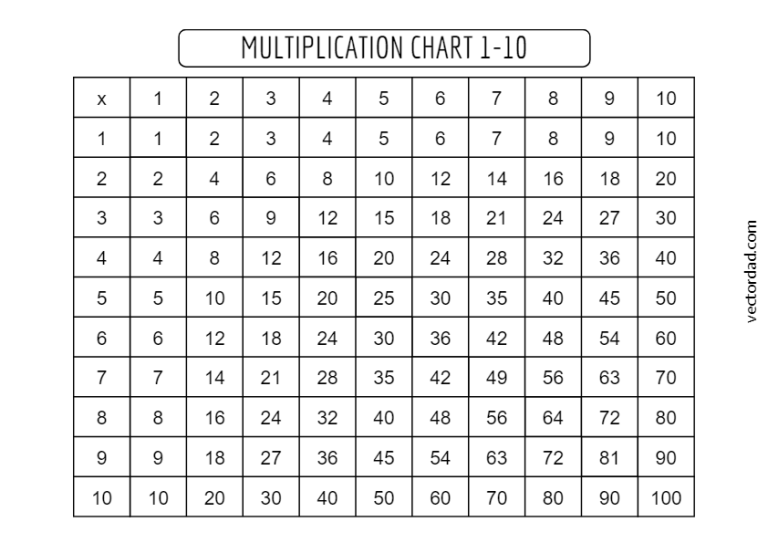
![What Times What Equals To -10 10 Times Table [10 Multiplication Table] Printable Chart](https://multiplicationtablechart.com/wp-content/uploads/2022/11/10timetable-724x1024.png)
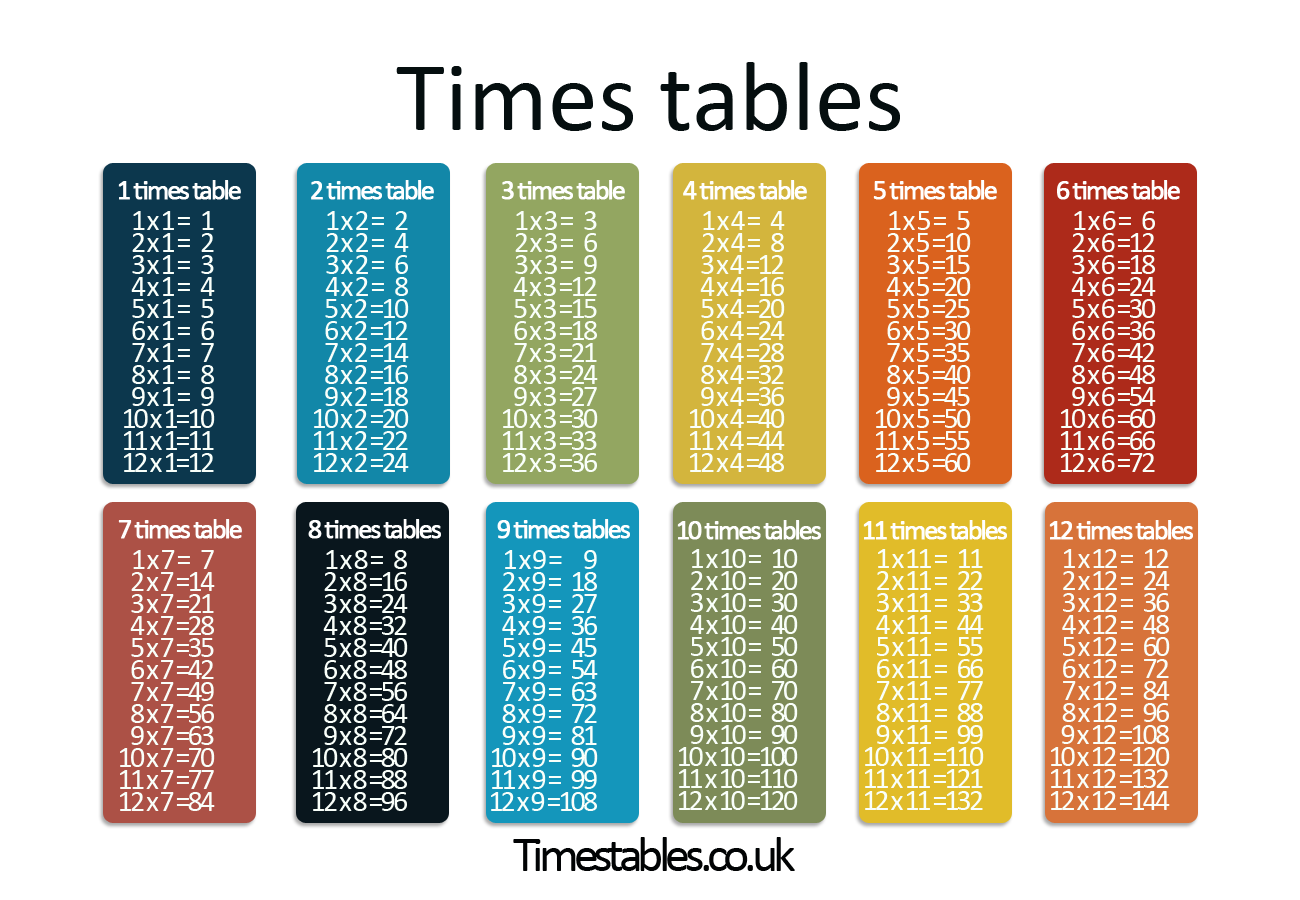

![What Times What Equals To -10 Perfect Squares Chart [Free PDF Printable]](https://mathequalslove.net/wp-content/uploads/2023/06/multiplication-table-1-15-featured-image-1024x1024.jpg)



